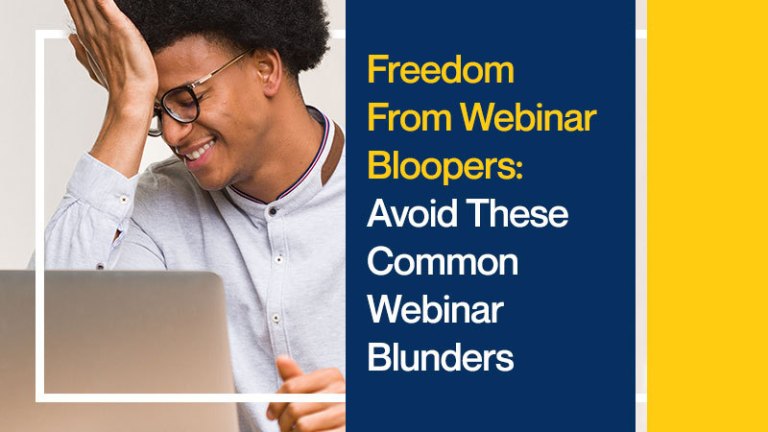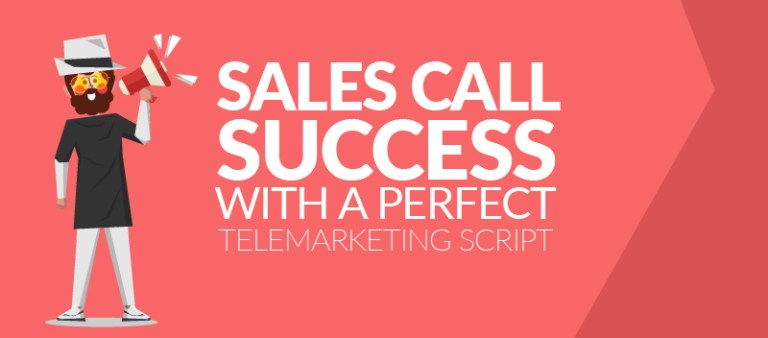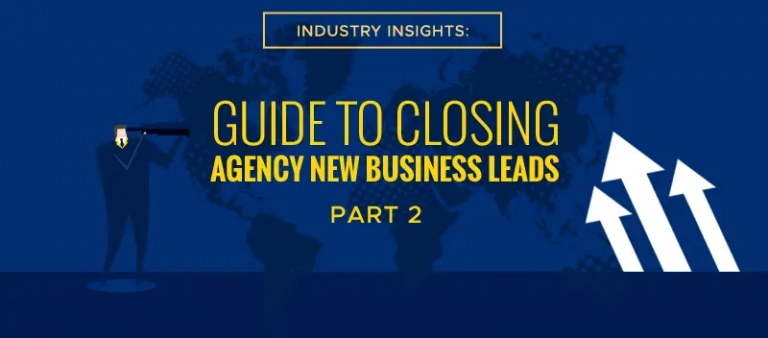The 4th of July is an incredibly important day in American history. It marks the beginning of independence and it brings out the feeling of freedom.
Today we want to celebrate freedom the B2B way and talk about the cornerstones that build a successful online event as well as how to break free from webinar mishaps.
The Cornerstones
Engagement
When people register and attend an online event, it’s not to merely listen to the presenter drone on about their topic, and then the event just ending without having any form of interaction. Engagement is what keeps the whole event alive. You want to establish a balance between presenting and actively engaging with your audience.
Make sure to allow time for a Q&A session after your presentation, and even if some of your audience may not have questions, allow them to chime in with their feedback or share what they took away from your presentation. It is all about connecting with your audience and building lasting business relationships in order to increase your lead funnel.
Content
We can’t stress enough how crucial your content is going to be for your online event. Since it’s not a physical event, you have to make up with your content and your delivery of it. A standard webinar would include a good ol’ presentation, but that doesn’t mean that it should be a Plain Jane. Include catchy graphic designs and graphs in your presentation to really catch your audience’s attention. Most importantly remember that your content should not be limited to just one medium. Take full advantage of utilizing video presentation, graphics, and even gifs to make your presentation even more interesting.
You want your audience to be captured by your presentation and leave with an unforgettable experience that they will remember even long after your webinar is finished and that they can talk to their peers about, recommending your services/products, and ultimately convert into sales-ready leads.
Solid Timetable
This is already common knowledge, but many still tend to not stick to their supposed timetable/schedule. When you market your online event to be an hour-long, be sure to stick to it and not go overtime because that’s what your audience signed up for. Should your presentation end before the time is up, have an open floor session for feedback and audience input before you proceed to your Q&A session or any other post-presentation activity you have prepared.
Freedom from Bloopers
An oopsie here and there is inevitable, but the good news is that they can be avoided. Maybe you’ve made these mistakes before or you’re wary of making certain mistakes while preparing, promoting, or conducting your online event. So, here are some common webinar bloopers and how you can break free from them.
Sharing the wrong slide
This happens even to the best and most experienced presenters and the best way to navigate through this if it happens during your event is to stay calm and don’t let panic show on your face as your audience is going to be quite quick to pick up on that.
A better way to avoid this altogether is to have a dry-run with your team or a trusted colleague from your team a day or two before the event just to make sure that you have all your slides in the right order and iron out any creases.
Forgetting to mute or unmute
You wouldn’t want your audience to hear you interact off-topic with your team while the event is going on or while you’re playing a video presentation. In this case, it’s important to have a moderator and IT working with you behind the scenes while the event is going on. They’ll be the ones to monitor the event from the technical aspect of it and should you forget to mute yourself, your moderators will be able to catch up on it and do it for you.
On the other end of the spectrum, you might be about to start your presentation, in fact, you’ve already started speaking, but you’re still on mute. You don’t want that to happen either. It would give the impression that you weren’t ready enough or didn’t do a double-check before starting. So, make sure you’ve unmuted yourself at least a minute before you start or right before you start talking, and should it have slipped your mind, your moderators should be quick to react behind the scenes.
Sending inaccurate dates or information
This sort of goes back to my point about making a dry-run for your presentation. Before any information gets sent out via email or posted on social media platforms, make sure that all details of your event have gone through thorough proofreading several times to make absolutely sure that all information is correct and ready to be sent out.
A typo or wrong info may not seem too much of a big deal when with today’s technology it’s easy to just simply take down a post, edit, and re-post it, but the fact is that no matter how short your post was up, people have already seen it, and if you’ve sent out an email, you can’t undo it. And a “simple” typo and misinformation can already alter your credibility in their minds.
Conclusion
Whether you’re new to conducting webinars or already have your fair share of experience, we hope that this post helps you build your webinars on a solid foundation and free you of past webinar errors you may have committed and saved you from future mistakes. May your webinar journey be fruitful and unforgettable!




